Artemis I is finally launched! What it means for human spaceflight.
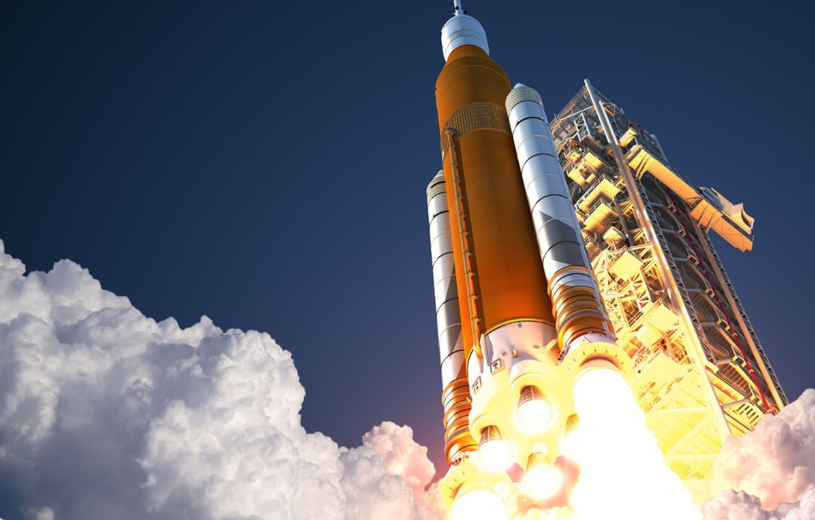
A turning point for the return of manned missions to the Moon occurred in November 2022 on their maiden voyage. The rocket pushed the Orion capsule toward the moon, in a test flight of the technology that will eventually bring astronauts, both men and women, back to the lunar surface.
The Artemis I mission lifted off from its Kennedy Space Center launch pad this spaceflight will test NASA’s new Space Launch System rocket as it sends the advanced Orion crew capsule on an unmanned flight circling the moon. Now the United States and China are leading the way for humans to return to the moon; the programs in both countries are massive and complex undertakings with potentially large benefits. Both aim to advance scientific understanding of the Moon and early Earth, develop new technologies for space exploration and their use on Earth, and lay the foundation for long-term human space exploration.
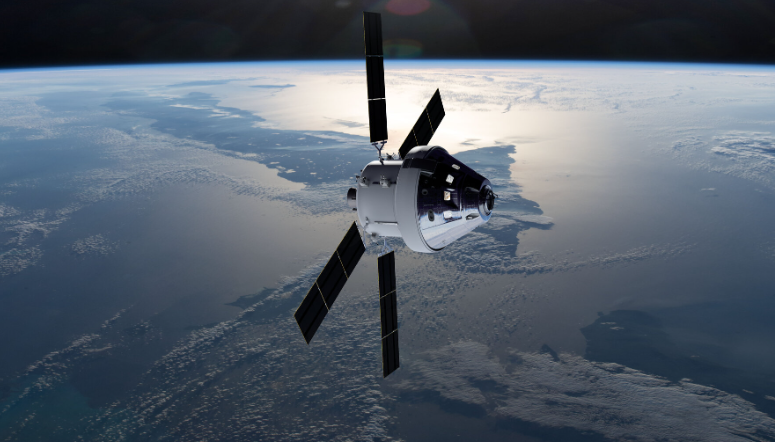
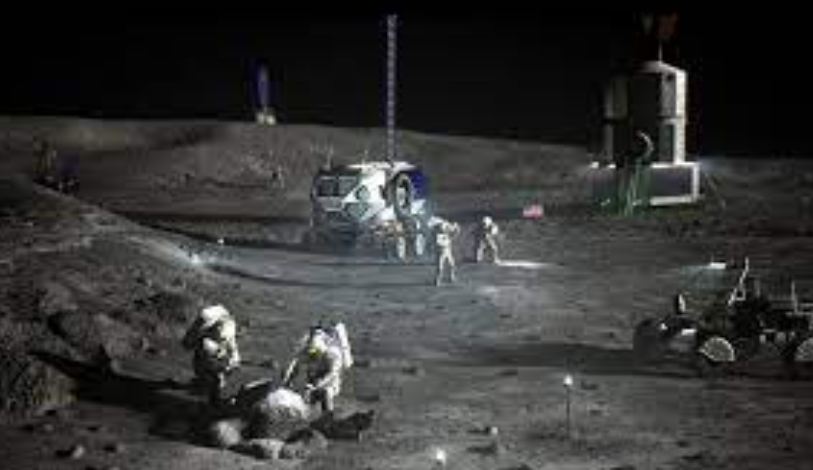
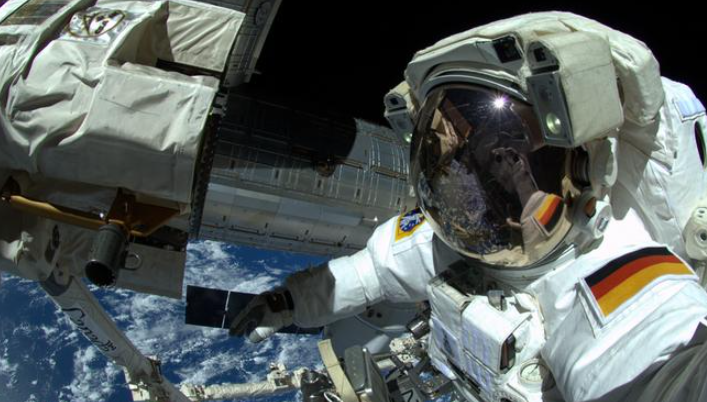
The Artemis I program is part of NASA’s Moon to Mars program, which aims to send humans farther into space than ever before. The moon rises first, and astronauts will set foot on its surface beginning in 2025; what the space agency and its partners learn during a few years of lunar exploration will help guide phases beyond the moon, including sending astronauts to the Red Planet. El objetivo con Artemis es aprovechar todo lo que hemos hecho hasta este punto y realmente comenzar a establecer una presencia para la humanidad más allá de la órbita terrestre baja.
Now that it has lifted off, Artemis I will test the SLS rocket and Orion advanced crew capsule on a roughly one-month journey beyond the moon and back. one more test flight, Artemis II, will follow a similar trajectory to the first mission, but with astronauts on board, and will not launch before 2024 and Artemis III, scheduled for 2025, is expected to return to the moon and make history by landing the first woman on the lunar surface. If all goes well, NASA plans to conduct Artemis missions about once a year, that infrastructure will include hardware to develop and distribute power on the moon, rovers to carry astronauts over long distances, and eventually surface living and workplaces. The goal is to increase the length of stay for astronauts from days to perhaps months.
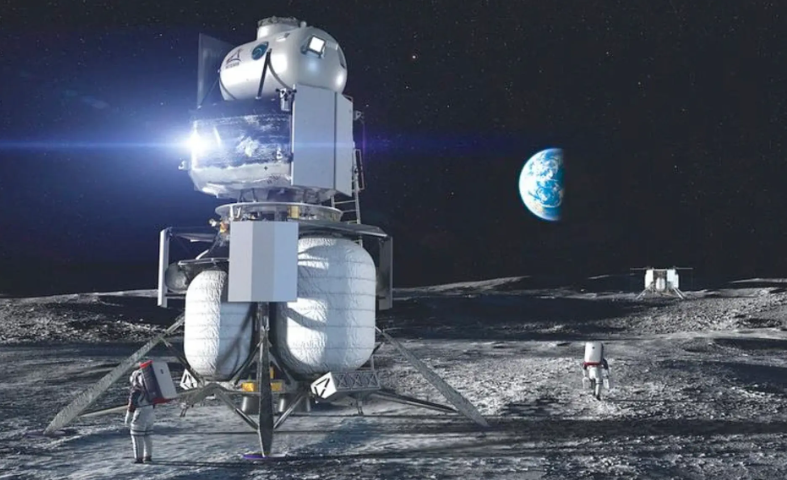
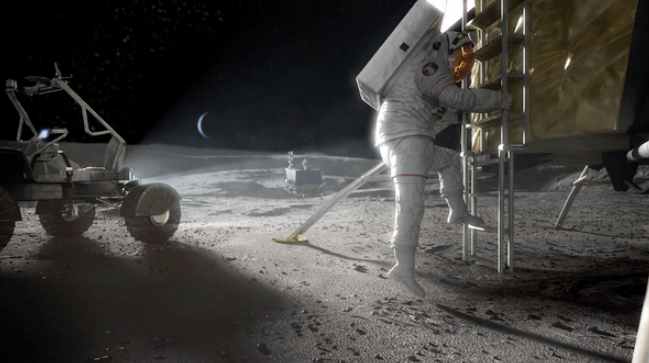
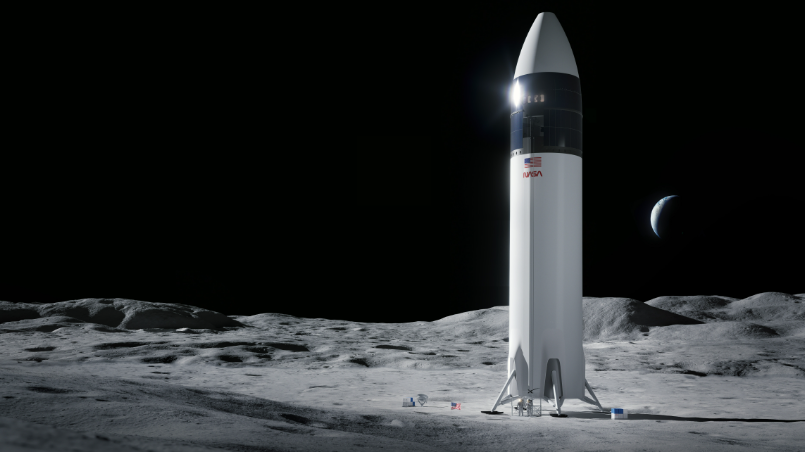
To help support these lunar astronauts, NASA is leading the way in creating a new space station, called Gateway, that will orbit the moon when complete, perhaps by the 2030s. Like the International Space Station, which is scheduled to break up safely in early 2031, Gateway will be a commercial and international research station, also serving as a way station for journeys to Mars and beyond.
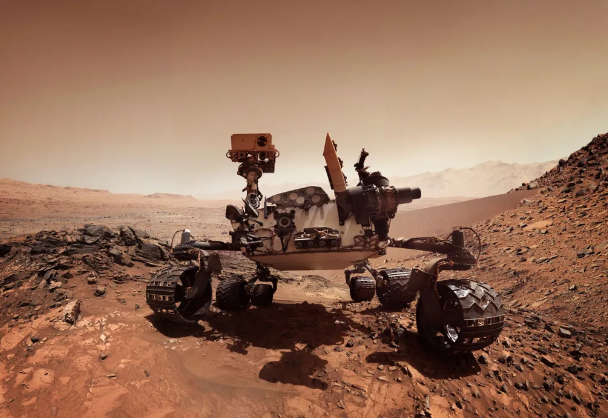
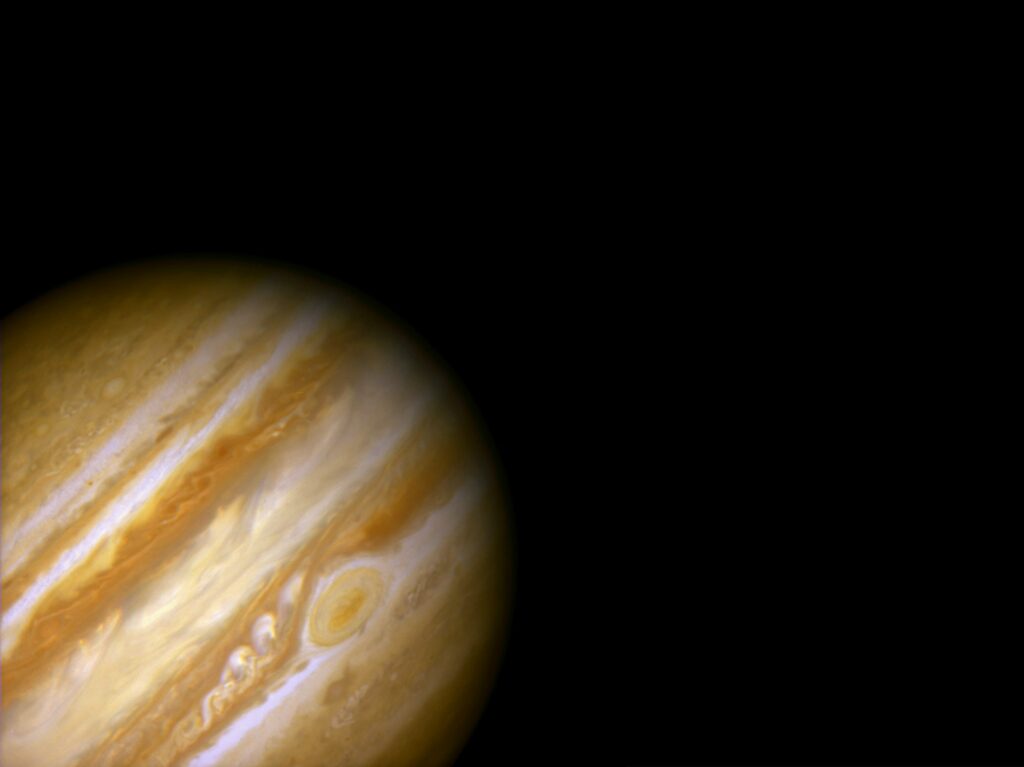
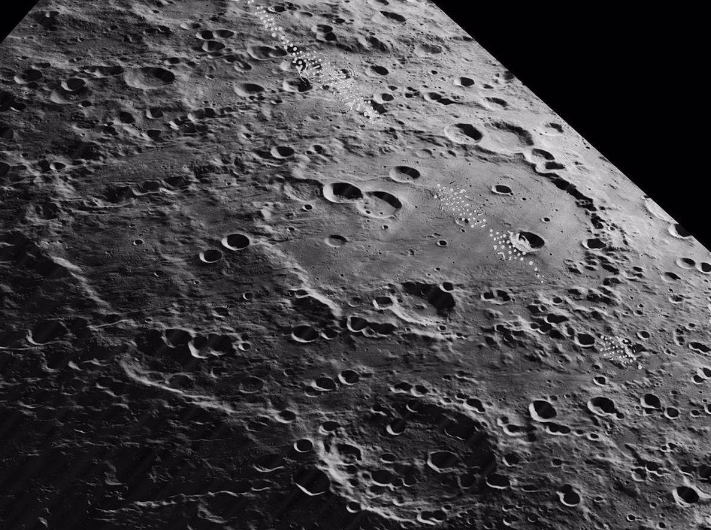
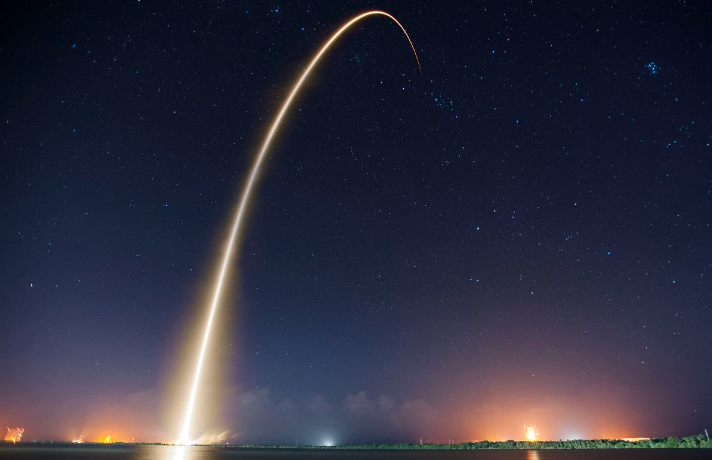
Responses